By Iryna Shkurhan
The 2020 Census couldn’t have come at a more inconvenient time.
I was one of the half million people employed by the U.S. Census Bureau this year enlisted in the follow-up operation for non-respondents. When I applied to be an enumerator in Suffolk county in January, I couldn’t imagine that I would be going door to door in the midst of a pandemic.

When Census Day came April 1, enumerators were set to start visiting the homes of millions of non-respondents, but in person operations were postponed indefinitely as many states entered lockdowns. Around the same, the bureau formed an outreach and ad campaign to encourage Americans to respond online for the first time, or by phone or mail.
When drafting the Constitution, the nation’s founders mandated a count of the populace to be held every decade, starting in the 1790s, with the main goal of getting a count of every single person living in the United States. Included was questions on age, sex, race, relationship in the household and home ownership form data that paints a picture of who makes up the country.
This information is crucial to determine congressional representation and allocating hundreds of billions in federal funding, for education, hospitals, roads and healthcare. The data that will directly affect the resources that communities across the country will receive for the next decade. For a government to represent people and fairly fund its programs, it has to know how many people there are and where they live, making the census initiative crucial for democracy.
Enumerators typically work in their communities because their familiarity with the area helps in locating homes and also establishes trust and mutual understanding with respondents. Still, the questions are personal, and not everyone wants to share that information with a stranger.
I always let people know that they had the option to refuse a question, if they were not comfortable answering. The question that mattered most was how many people lived in a household, which was used for the population count. The other questions had their own importance, but less so.
I was issued a badge, a preprogrammed iPhone 8 and a messenger bag filled with various information sheets and a clipboard. In past decades the clipboard would’ve gotten more use.
But this is the first year that the Census Bureau was collecting data digitally, allowing people to respond online, and enumerators to use mobile apps to record data. Enumerators no longer had to just record information with a pen and paper on their clipboards.
With the unpredictability of the pandemic, no one knew when and if in-person operations would continue, but in August I received a phone call asking if I would be willing to work for 4-8 weeks depending on when the count would be completed. I began working in the Stony Brook area less than ten minutes from my home. The number of cases I was assigned ranged from 20 to 70, depending on how many hours of availability I entered. Some days when I would work eight hours, I was assigned up to 80 nonresponse follow up cases.
While on duty I imagined how different it must have been to be an enumerator ten years ago, before technology made the role much simpler. Now all I had to do was click on an assigned case and the GPS would direct me there. If a resident was home and willing to respond, the questions and answer options would pop up in the correct order on my screen. I never had to write anything more than a case number on paper. The apps on the issued iPhone were used to report for work, view assignments, track hours and mileage, and navigate to households.
The biggest challenge I ran into was a reluctance to answer. In the 20 hours of virtual training, I was taught the appropriate response for almost every type of reason a person is hesitant to share information, whether it’s privacy concerns, or distrust of the government. But many people were set in their decision and refused to cooperate, with many disputing my attempts at easing their fears and persuading them to cooperate.
Enumerators also had a list of addresses to stay away from, which were marked as dangerous. These cases were marked with a caution sign on the map and signified that the resident was hostile, or violent in some way to an enumerator. In some cases, people were physically threatened and yelled at, and we were discouraged from attempting these homes alone.
I witnessed a polar difference between the people who were happy to answer any questions and viewed it as a civic duty and those who avoided us at all costs and slammed the door in my face. I understood that people’s attitudes to their personal data was shifting, but living in a polarized county where the census became politicized didn’t help. With disinformation about the census floating around, explaining the purpose of the census, and the importance of each question, became a main part of my job.
Another challenge was the technical difficulties that came with digital collection being implemented for the first time. Issues were bound to come up during the transition, but there were times where mid interview, the phone would crash, and I would have to restart all over. Other times my cases wouldn’t load, or I was sent to homes that were already visited by a dozen enumerators, with residents not hiding their annoyance.
The sense of urgency was made apparent by higher ups as they offered incentives to work overtime and on weekends, when people were more likely to be home. Several bonuses were offered for working more than forty hours a week, and working Sundays and nights came with a higher pay rate. Initially, we had to request permission for overtime, but within a week that was scrapped. We were encouraged to work as much as possible to ensure everyone was counted.
Once Setauket and neighboring regions were fully completed, I was sent out farther east to Riverhead, then farther to Orient and Mattituck. After the entirety of Suffolk County was counted, enumerators were offered to drive to other states, as far as Alabama to help complete the counting efforts there.
One overnight shift was set aside to count the homeless population, which the pandemic made harder to account for. The Census was also forced to come up with new ways to count college students, who many towns depend on to get the adequate funding.
In the few weeks I worked as an enumerator, there were difficult days but also rewarding ones. A certain satisfaction came with finally getting to interview a household that kept reappearing on my case list. With each case I closed, we came closer to reaching the goal. Little acts of kindness like some people offering to put their masks on, or a chair to sit on and a drink on a hot day, went a long way.
Iryna Shkurhan is a junior at Stony Brook University majoring in political science, with a minor in journalism. She is an incoming editorial intern for TBR News Media.


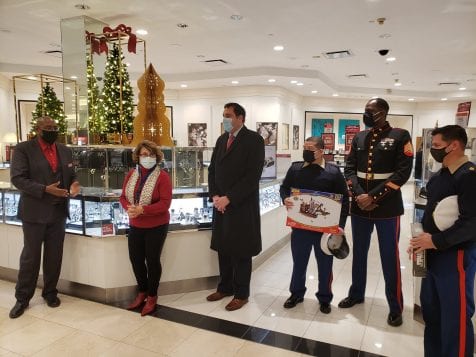



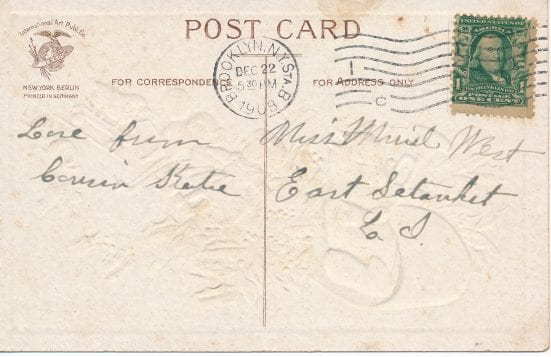
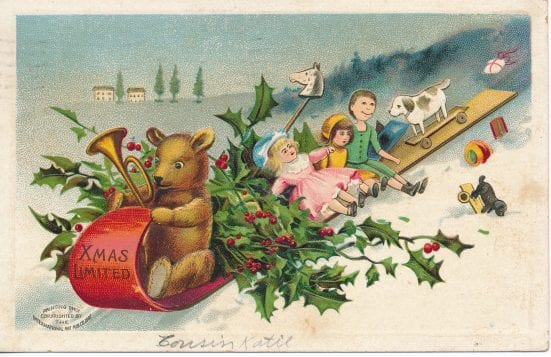


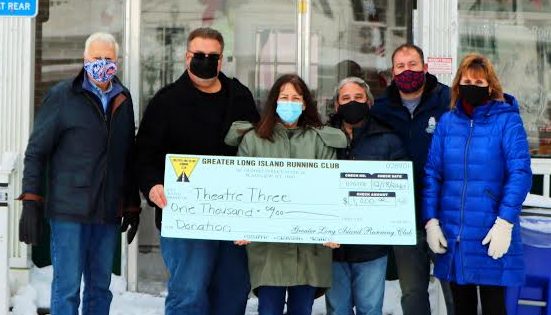

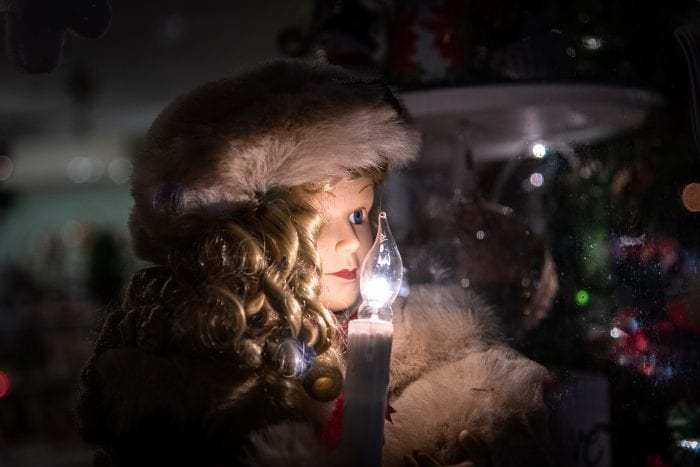



 “The Vanderbilt Museum has stretched way beyond my family to become a place of love and discovery for generations of other families, which is the most amazing gift imaginable.Costin has recorded five Top 10 singles on the Billboard Dance Club Songscharts and her music has skyrocketed on numerous international charts. Costin recently became a tech entrepreneur when she successfully launched her digital platform SoHo Muse. She describes her venture as a place “where creatives can help creatives find jobs, find support and stay connected, network and sell their wares on the site’s newly created Marketplace.”
“The Vanderbilt Museum has stretched way beyond my family to become a place of love and discovery for generations of other families, which is the most amazing gift imaginable.Costin has recorded five Top 10 singles on the Billboard Dance Club Songscharts and her music has skyrocketed on numerous international charts. Costin recently became a tech entrepreneur when she successfully launched her digital platform SoHo Muse. She describes her venture as a place “where creatives can help creatives find jobs, find support and stay connected, network and sell their wares on the site’s newly created Marketplace.”



